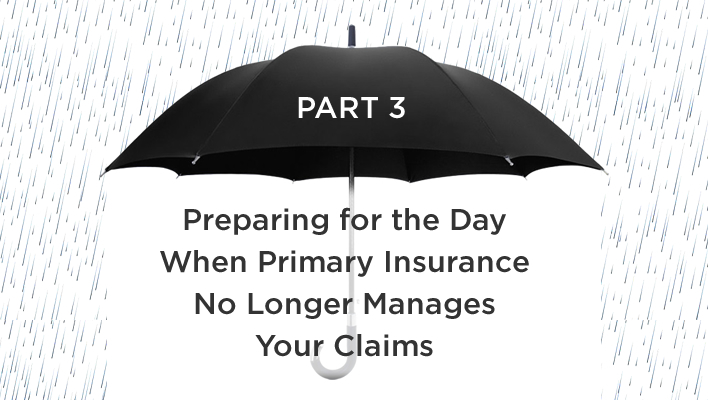

In Part 2 of this series, we looked at topics to discuss with NCC and your insurer as you work to get a better handle on your claims and trends — in preparation for the day when the insurer relinquishes control to you.
Now let’s delve into documentation.
With your primary carrier paying most, if not all, of your liabilities for settlements and defense invoices, you may not think about what will happen when your primary policies exhaust. How will you know what’s been paid — and when? How will you confirm for yourself that the exhaustion levels have, indeed, been met?
That’s when you’ll want your own documentation to fall back on. Here are some of the activities you want to be sure you’re tracking:
In our next post, we’ll look at what will be handed off to you to control once primary exhausts: managing local counsel networks; reviewing and paying invoices; coordinating, negotiating, approving, and paying settlements; and reporting.
How do you document and track such activities? Are you prepared for the day when your primary policies exhaust?
Never miss a post. Get Risky Business tips and insights delivered right to your inbox.

Having spent much of her career serving clients who are asbestos defendants, Michelle Potter is an authority on the current state of the asbestos litigation industry. At KCIC, her day-to-day role is to manage client relationships and lead projects to develop and implement claims processing procedures and systems, as well as to perform complex analyses of different types of claims and insurance.
Learn More About Michelle